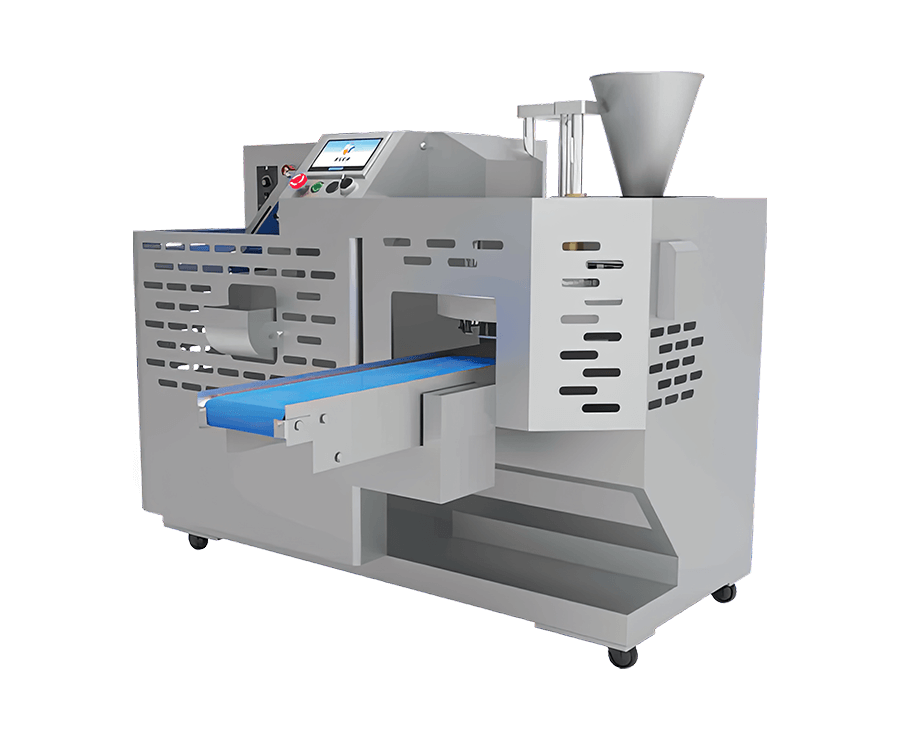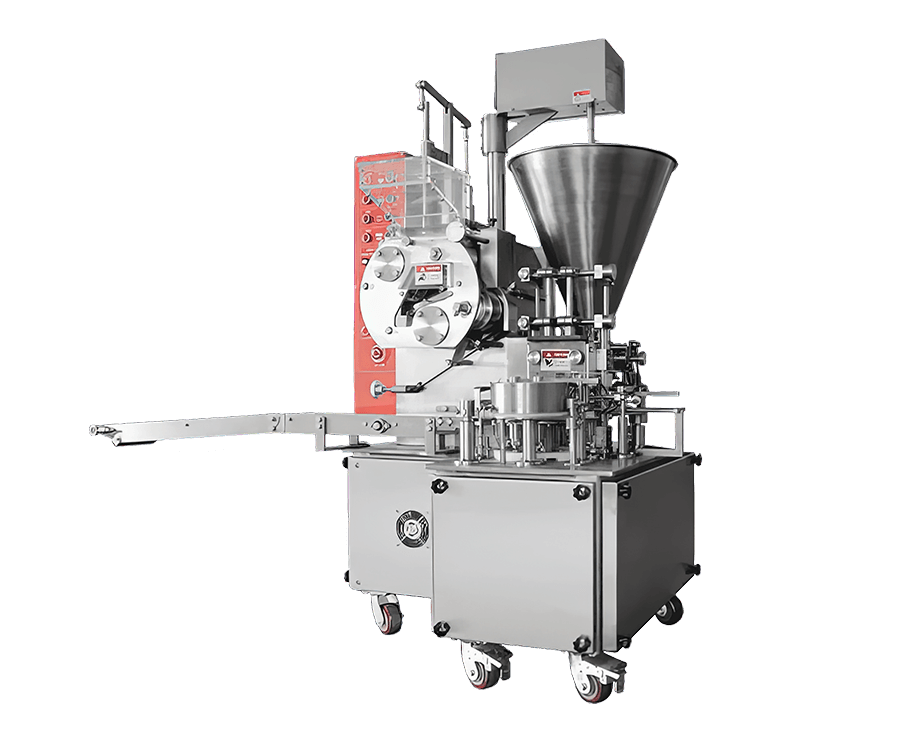In actual application, can Dough Mixer meet the mixing needs of different doughs?
In practical applications, dough mixers are usually able to meet the mixing needs of different doughs, thanks to their design flexibility and versatility.
Doughs have different characteristics and needs due to different factors such as composition, water content, temperature, mixing time, etc. For example, hard dough may require stronger mixing force to achieve the desired ductility and elasticity; while soft dough may require more delicate mixing to avoid gluten breakage caused by over-mixing. In addition, different types of dough (such as French bread dough, toast dough, Danish puff pastry dough, etc.) have different mixing requirements.
Dough mixers are usually equipped with different speed gears to meet the mixing needs of different doughs. The low speed gear is suitable for initial mixing and mixing of harder doughs, while the high speed gear is suitable for soft doughs that require rapid mixing and gluten formation.

The mixing capacity of dough mixers can be selected according to actual needs, ranging from small household equipment to large commercial equipment. This ensures that whether it is small-scale home baking or large-scale industrial production, you can find the right equipment to meet the mixing needs.
The paddle and hook are key components of the dough mixer, and their design directly affects the mixing effect and dough quality. Different paddles and hooks are suitable for different types of dough, such as some are more suitable for mixing hard dough, while others are more suitable for mixing soft dough.
For hard dough, such as French bread dough, Dough Mixer can ensure that the dough is fully mixed by stirring at a low speed and for an appropriate stirring time, while avoiding gluten breakage caused by over-stirring. During the stirring process, the changes in the ductility and elasticity of the dough can be observed to determine whether the stirring is sufficient.
For soft dough, such as toast dough or Danish puff pastry dough, Dough Mixer's high-speed stirring gear and fine stirring function can quickly form gluten and make the dough reach the ideal ductility and elasticity. At the same time, by controlling the stirring time and temperature, quality problems caused by overheating or over-stirring of the dough can be avoided.
For some special doughs, such as dough containing a lot of oil or sugar, the stirring effect of Dough Mixer may be affected to a certain extent. However, by adjusting factors such as stirring speed, time and temperature, and selecting appropriate paddles or hooks, good mixing of such doughs can still be achieved.
Although Dough Mixer can usually meet the mixing needs of different doughs, the following points should still be noted during use:
Make sure to prepare the materials according to the correct recipe ratio to avoid mixing problems caused by improper material ratio.
Set the appropriate mixing time according to the characteristics and needs of the dough to avoid over-mixing or under-mixing.
During the mixing process, pay attention to controlling the temperature of the dough to avoid the deterioration of dough quality due to overheating.
Dough mixer can usually meet the mixing needs of different doughs in actual applications. However, in order to achieve the best mixing effect, it is necessary to select the appropriate equipment, adjust the mixing parameters according to the characteristics and needs of the dough, and pay attention to controlling factors such as material ratio, mixing time and temperature.

 English
English Español
Español Français
Français русский
русский عربى
عربى






Contact Us